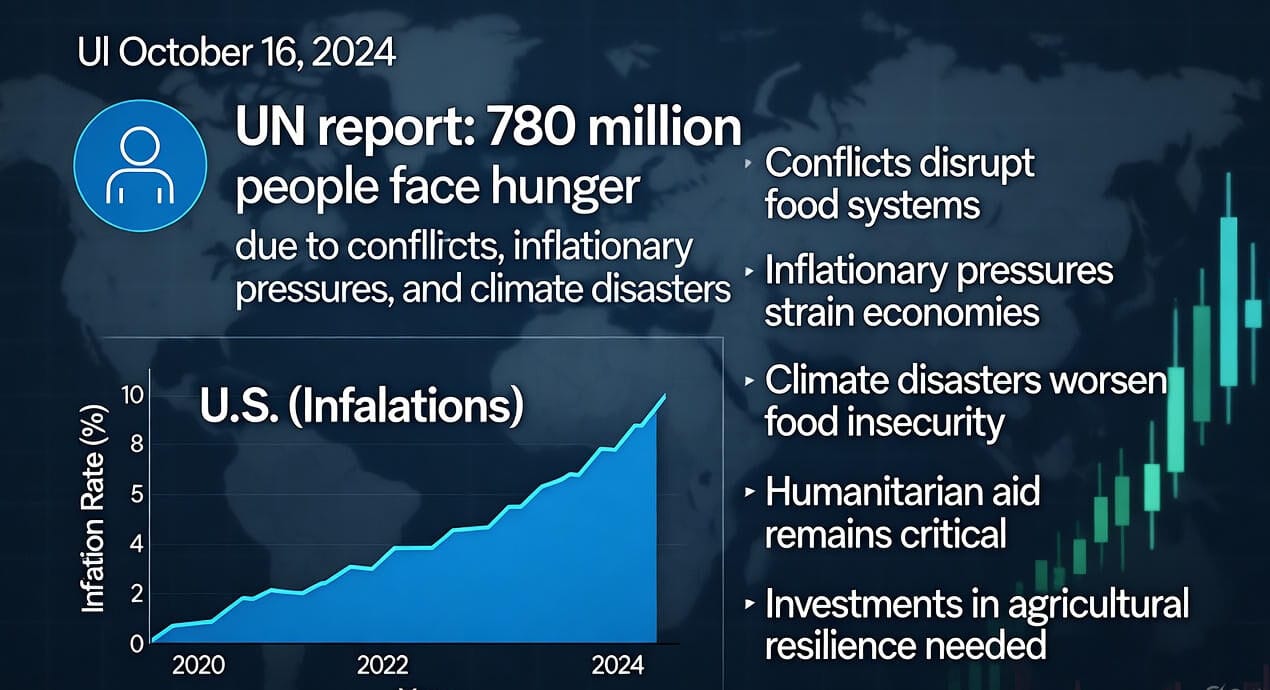
Container shipping rates surged by 10% this week due to the Red Sea, and retailers warned that this might turn into a new trend. The hike resulted from an ongoing disruption in the Eritrean port of Assab, where unrest and transport delays have caused the rates to elevate. Retailers stated that these are the major issues contributing to the delay of the 2025 spring collection and the increase in the production costs of basics.
Red Sea Disruptions Fuel Cost Increases
Suez Canal, a shortcut between the Mediterranean and Red Sea, still is the busiest and most strategic waterway in the world that carries 12% of global trade. Global industry voices have explained to the media what the real problem is: the ongoing conflict between Saudi Arabia and the Houthi rebels (and lately Iran) is the root cause of all these features and particularly the attacks on the ships in the Gulf of Aden which in addition to the war damage a free flow of goods through the Red Sea. As per Reuters, the increase in shipping time has led to an up to two weeks extra time and caused the fuel and labour costs to go up by 10% and thus subsequently accelerating the cost for a box of containers for the week. The Financial Times reports that a 40-foot container from Asia to Europe was $4,500, when just a few days ago it was $4,100.
Now more than ever, when the global economy faces hyperinflation and supply chain disruptions, the incremental costs have put a dent in businesses’ and households’ pockets worldwide. Emma Clarkson, a trade analyst at Global Trade Insights, characterised the situation in the Red Sea as ‘a real nightmare for the logistics sector’.“ We are now in a situation where shipping is directly related to capacity and cost, which is not sustainable and will not be fixed in the short term, no matter how much fuel and other supply chain resources are put into the business to globally increase
Retailers Prepare for Holiday Season Impact

Walmart, Amazon, and other large-scale retailers of large scales warned about potential postponements in deliveries and price hikes as the Christmas shopping season approaches. The season starting from Black Friday up to Christmas is the most crucial in retail, as some companies gain up to 30% of their annual sales in that period. However, the combination of longer shipping times and higher costs could disrupt inventory restocking and inflate prices for consumer goods.
John David Rainey, the CFO of Walmart, recently said during an earnings call that the company is “actively managing” supply chain difficulties, but still added that “some delays are inevitable.” The heavy dependence of Amazon on global logistics is at the heart of the problem, as they have also raised concerns regarding their Prime delivery timelines. “We are doing our best to lessen the repercussions, but due to the situation, the customers might see higher prices on certain items,” said an Amazon spokesperson to Reuters.
When it comes to smaller retailers, these players have even bigger problems as they don’t have the weight in bargaining power that the big ones do. Besides, some companies may not have the money to cover the increase in shipping prices or find new suppliers, which could in turn lead to empty shelves or very high prices. Business owners are not happy, with one user posting that shipping costs are his biggest problem, while still asking about the ways in which small shops can compete with Amazon at this time.
Far-reaching Ramifications for International Trade

The blockage in the Red Sea is yet another contributing factor to the problems faced by a decreasing number of world traders. The pandemic has already brought about supply chain bottlenecks, staff shortages, and constantly changing demand, all of which were major stressors on logistics networks. The most recent increase in costs throws a spanner in the works of the ongoing inflation situation in Europe, especially in areas with huge dependencies on the maritime industry, energy, and consumer goods.
According to the analysts, the continued disruptions will not only be local in their effects but might also have effects on a global scale. “If the Red Sea route remains disorderly, we could expect a major change in the trade routes,” said Clarkson. “The companies could choose local suppliers or find new suppliers, but this could be a long-term solution to a short-term issue.” Presently, enterprises are sending their goods by air, but this method is reserved for the most urgent cases since this method is more costly and less eco-friendly.
What’s Next?
The work to make the Red Sea route more stable is in progress with the patrol of the route by international naval forces and their increase in it to prevent more attacks. Nevertheless, the current geopolitical strains remain unresolved, imposing a wait-and-see time on shippers.






The decision to impose such high tariffs on foreign vehicles was reckless and poorly thought out. It directly harms Canada’s economy and threatens thousands of jobs in our auto industry. The U.S. should reconsider before permanent damage is done to our trade relationship. Prime Minister Carney is right to stand firm and protect Canadian interests.
Do they truly believe this move will help American workers in the long run?
I absolutely love your blog.. Excellent colors & theme.
Did you develop this web site yourself? Please
reply back as I’m wanting to create my own site and would love too
know where yyou got this from or just what the theme is called.
Thank you!
Also visit my website: https://www.fapjunk.com